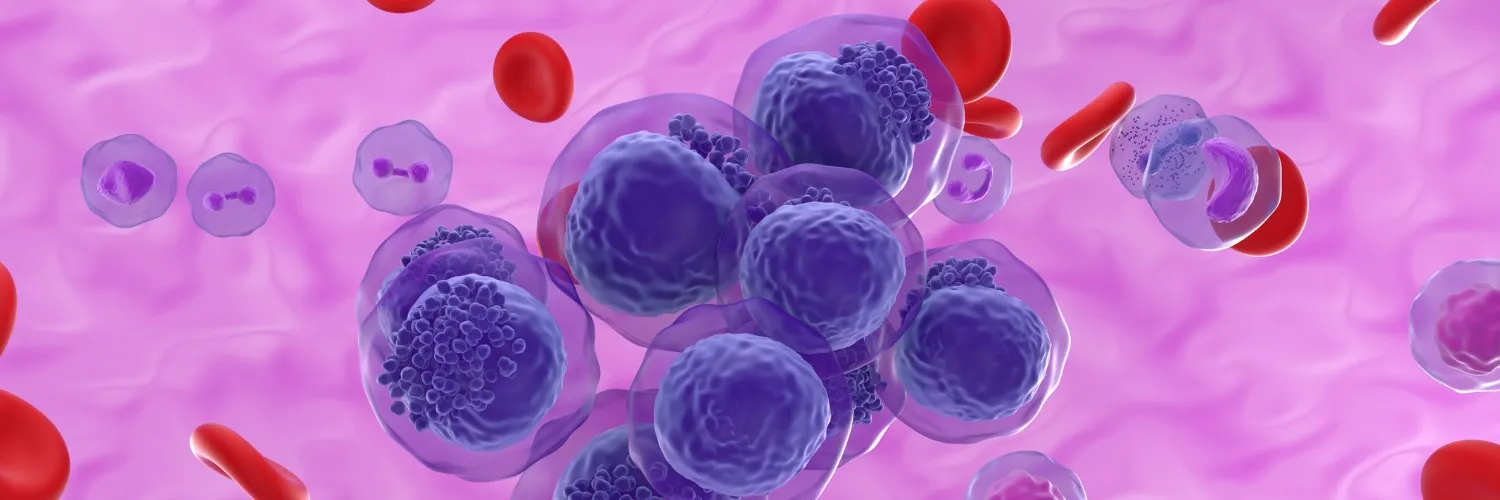Understanding AML Risk Stratification in Older Adults

Importance of AML Risk Stratification
Acute myeloid leukemia (AML) remains a critical challenge, particularly in older adults where treatment decisions can be daunting. A recent risk stratification system aims to enhance decision-making processes for older patients with AML. This system, developed through studies such as NCRI-AML18 and HOVON-SAKK, provides a refined prognostic score to evaluate treatment benefits.
Key Components of the AML Classification System
- Prognostic Score: A vital tool for assessing treatment options in elderly patients.
- Risk Score: Helps in predicting the outcomes for older adults undergoing therapy.
- Collaboration: Efforts from the European Leukemia Network and the Acute Leukemia French Association support this innovative approach.
Application of New Classifications
These developments provide not only a framework for better decision-making in therapy but also encourage initiatives like ALFA-1200 and allo-HCT for improving overall outcomes in this vulnerable population.
This article was prepared using information from open sources in accordance with the principles of Ethical Policy. The editorial team is not responsible for absolute accuracy, as it relies on data from the sources referenced.